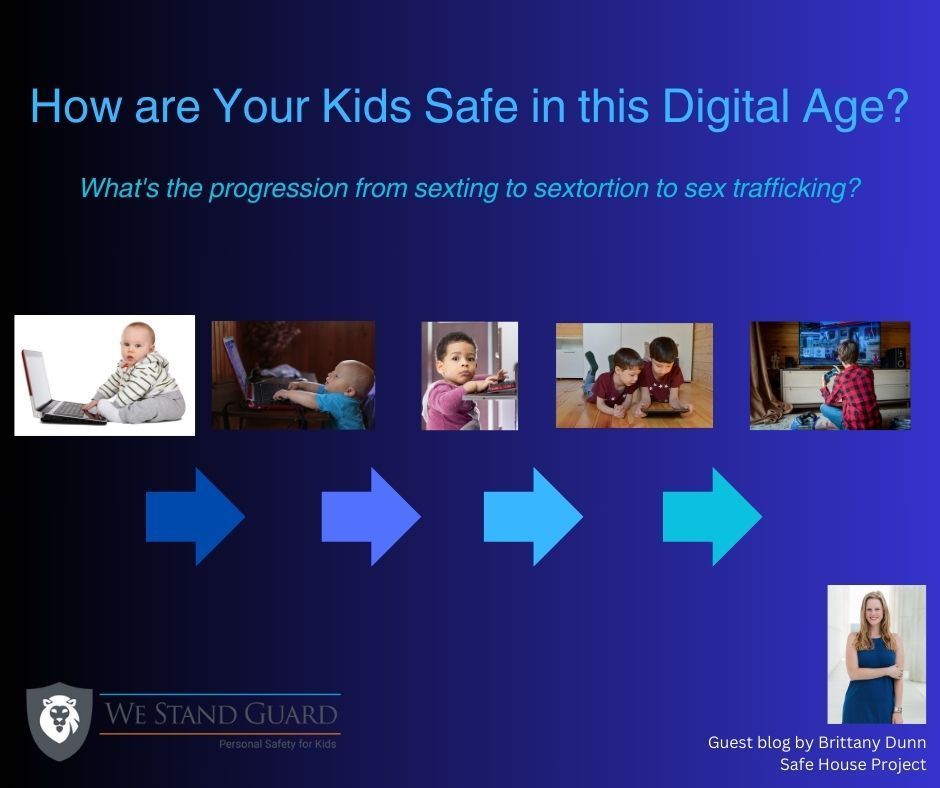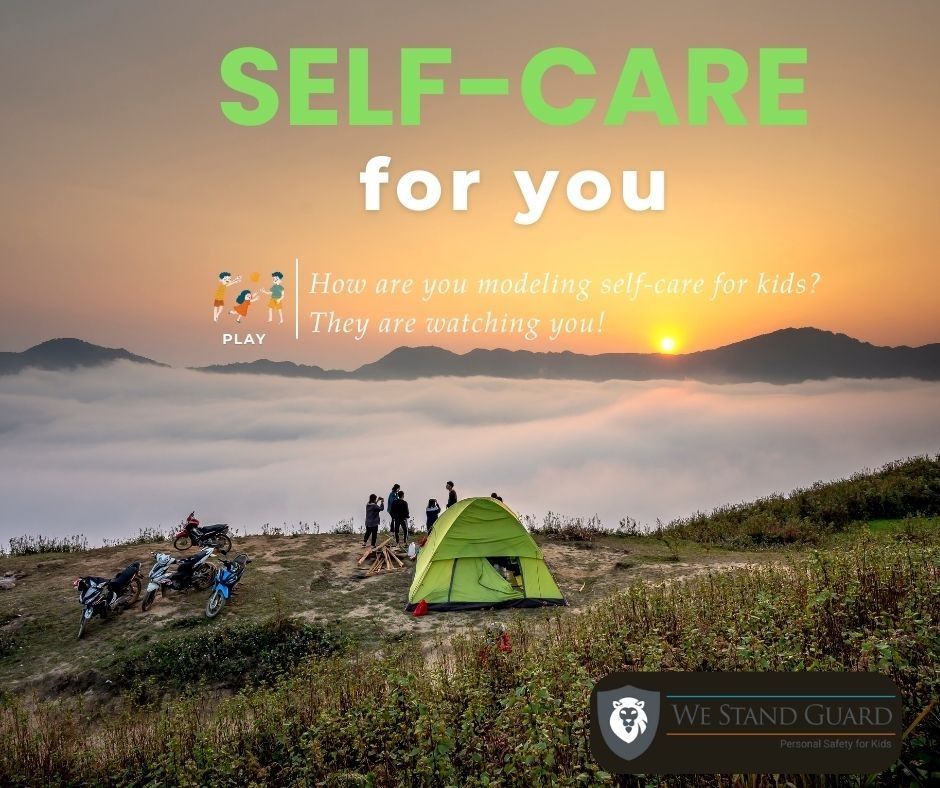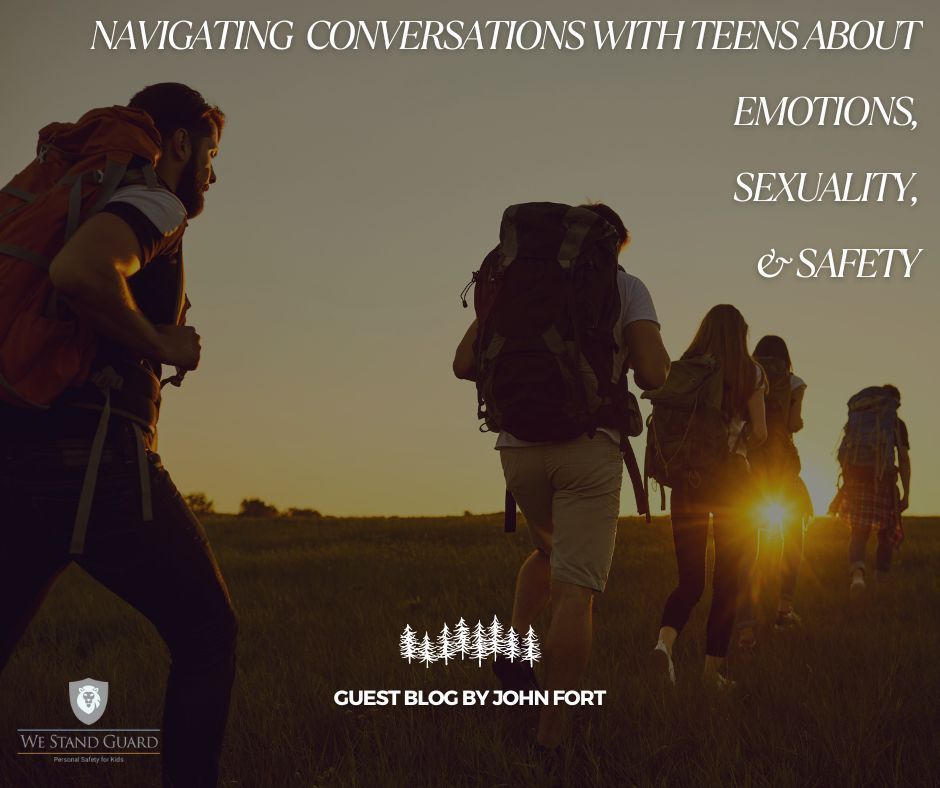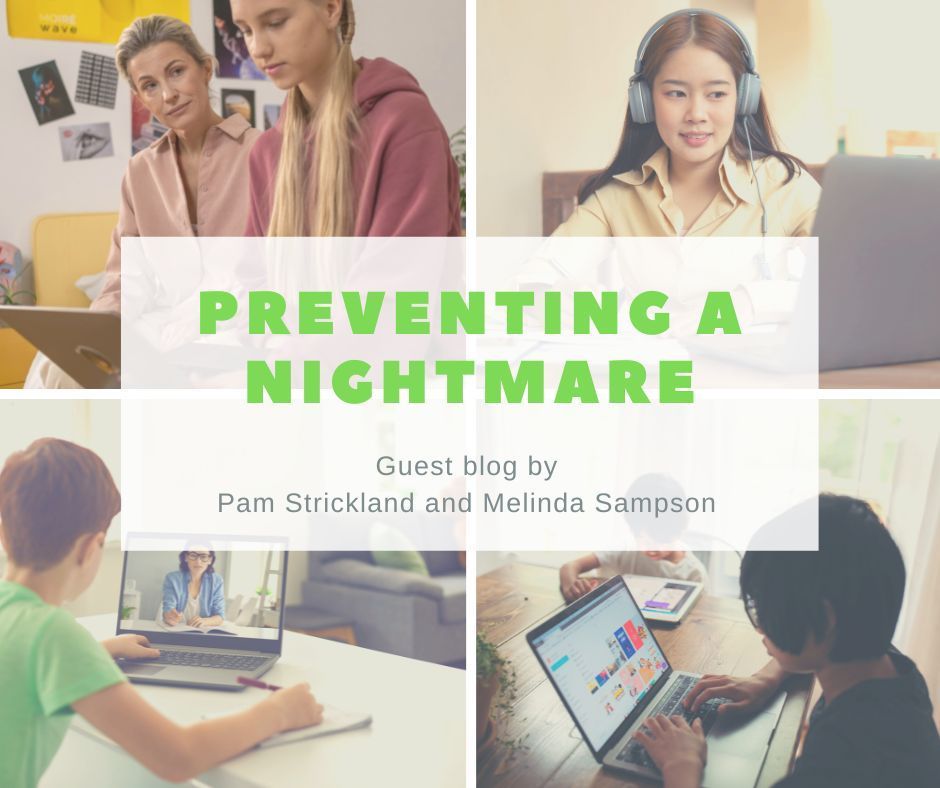Some Call it Child P*rnography (rather than CSAM)
But kids cannot consent!

However, there is no such thing as “child pornography” which seems to imply consent - children/minors cannot give consent!Images with any visual depiction of sexually explicit conduct involving a minor (a person less than 18 years old) is specifically called child sexual abuse material or CSAM according to experts in the field.
Nevertheless, pornography of any aged person is sexual exploitation for allsince very often, the acts are real abuse of the women (including children, teens and men) and other “performers” because the industry preys on the vulnerable and eviscerates human dignity.It's a predatory industry since they know pornography can be like a drug with an addictive nature (feels like you cannot stop even if you want to), which changes and harms the brain for buyers and consumers.
Did you know that 27% of older millennials say they started viewing porn before puberty ( Josh McDowell, The Porn Phenomenon )? In fact, exposing or showing pornography to a child/minor is an example of non-physical contact child sexual abuse, in which abusers may use for grooming kids and teens to normalize abuse. It is not a matter of if but when a child will most likely see pornography and be traumatized (some say average age is 8 yrs). Also, pornographic images of vulnerable men, women, teens and children through coercion or exchange of sexual acts for goods and services is known as sex trafficking.
Furthermore, according to The National Center on Missing and Exploited Children (NCMEC) , the CyberTipline has received over 82 million reports, reviewed over 322 million images/videos and identified over 19,000 victims of CSAM- how can this be?! NCMEC says:
"United States federal law defines child pornography as any visual depiction of sexually explicit conduct involving a minor (a person less than 18 years old). Outside of the legal system, NCMEC chooses to refer to these images as Child Sexual Abuse Material (CSAM) to most accurately reflect what is depicted – the sexual abuse and exploitation of children. Not only do these images and videos document victims’ exploitation and abuse, but when these files are shared across the internet, child victims suffer re-victimization each time the image of their sexual abuse is viewed."
How is it usually detected?
The usual way to detect CSAM is when cloud services like Google Photos scan uploaded photos and compare them against a database of known CSAM images. This database is provided by NCMEC and similar organizations around the world. The actual matching process uses what’s known as a hash, or digital fingerprint. This is derived from key elements of the image, and is deliberately fuzzy so that it will continue to work when images are resized, cropped, or otherwise processed. So, with this process in place, why is CSAM still happening all over the Internet?
What else are tech companies doing to stop this atrocity on line?
What can we do to dismantle this multi-billion dollar global industry? An article published by business news site, Quartz, tends to agree. The article places the industry’s value at anywhere between $6 billion and $97 billion, with the more realistic estimates ranging from $6 billion to $15 billion (Fight the New Drug blog).
Who are the buyers and consumers of CSAM?
How can you be a voice to free an enslaved child?

This month's guest blog is written by Idalis Moscoso, Data and Policy Analyst at the National Center on Sexual Exploitation.
This advocacy group meets every Friday with leaders across the nation to provide education and updates about legislative progress for ending CSAM and protecting children online. I asked her to write about simple ways to take legislative action for ending CSAM - check out her targeted suggestion below to make a difference and become a voice for the voiceless and defend the defenseless...our children.
Guest blog by Idalis Moscoso
Congress is currently in recess and will return on November 14th after the elections. From mid-November to Christmas, Congress will enter the lame-duck session, a period where most of this session's work will get done. As members of Congress prepare for the end of the 117th Congressional session, it is prime time for anti-trafficking and child protection advocates, parents, and community members to learn which federal bills are a priority.
No Trafficking Zone
A 2018 survey by Thorn on The Role of Technology in Domestic Minor Sex Trafficking found that 55% of respondents were in school while they were trafficked. More specifically, 26% were in school part of the time they were trafficked, 15% were in school most of the time, and 14% were in school the entire time they were trafficked.
In response to these findings, Texas passed the nation's first No Trafficking Zone Act ( TX SB 1831 ) in 2021. The Texas No Trafficking Zone (NTZ) law increased penalties for human trafficking if done on or within 1,000 feet of school premises or on or within 1,000 feet of a school-sponsored event.
In response to the Texas success, Representatives Sheila Jackson Lee (D-TX), Michael McCaul (R-TX), and Jerrold Nadler (D-NY) introduced the No Trafficking Zone Act, HR 7566 , at the federal level to protect children across the nation. In September, the NTZ Act passed the House and was referred to the Senate Judiciary Committee.
Children are targeted because of their vulnerabilities and, far too often, are recruited in or near schools. The NTZ Act will protect our nation's youth at school!
Contact your members of Congress to say: SUPPORT the No Trafficking Zone Act !
Kids Online Safety
In 2021, the Senate Subcommittee on Consumer Protection, Product Safety, and Data Security, chaired by Senator Richard Blumenthal (D-CT), held five hearings on protecting kids online. The hearings discussed youth's mental and physical health due to unhealthy online environments that promote negative body image, self-harm, eating disorders, and the rampant spread of child sexual abuse material (CSAM, aka child pornography).
Senators Blumenthal (D-CT) and Blackburn (R-TN) introduced the Kids Online Safety Act (KOSA), S 3663 , to address Big Tech's inadequate safeguards for minors online. KOSA takes on a three-pronged approach:
- Establishes a duty of care to ensure products are designed with the safety of minors in mind.
- Requires safeguards to protect children from harmful material, including not allowing adult strangers to contact minors.
- Calls for transparency reports from Big Tech to analyze whether their safeguards are adequate.
On July 25th, over 100 child protection organizations signed a letter of support to the Senate Commerce Committee on Commerce, Science, and Transportation to support KOSA, which it passed out of.
Contact your members of Congress to create a safer online environment for kids!
EARN IT
In 2008, over 600,000 recordings of CSAM were reported to the National Center for Missing & Exploited Children (NCMEC). In 2019, 70 million CSAM recordings were reported, with the New York Times calling it an "almost unfathomable" increase in criminal behavior. In 2021, over 84.9 million suspected CSAM recordings were reported.
The EARN IT (Eliminating Abusive and Rampant Neglect of Interactive Technologies) Act was introduced in the Senate by Senators Lindsey Graham (R-SC) and Richard Blumenthal (D-CT) and in the House by Representatives Sylvia Garcia (D-TX) and Ann Wagner (R-MO). EARN IT does four key things:
- Gives CSAM survivors a path to justice.
- Creates a new Online Child Exploitation Prevention Commission that will establish best business practices and make recommendations to inform policy.
- Renames "child pornography" to "child sexual abuse material" in federal statute.
- Upgrades tools for the National Center for Missing & Exploited Children.
CSAM has so overwhelmed law enforcement that the FBI can only prioritize material depicting infants and toddlers, not older children. EARN IT will incentive Big Tech to stop the rampant spread of CSAM, giving victims their privacy and assisting law enforcement in their efforts to combat this heinous crime.
Contact your members of Congress and urge them SPONSOR the EARN IT Act!


